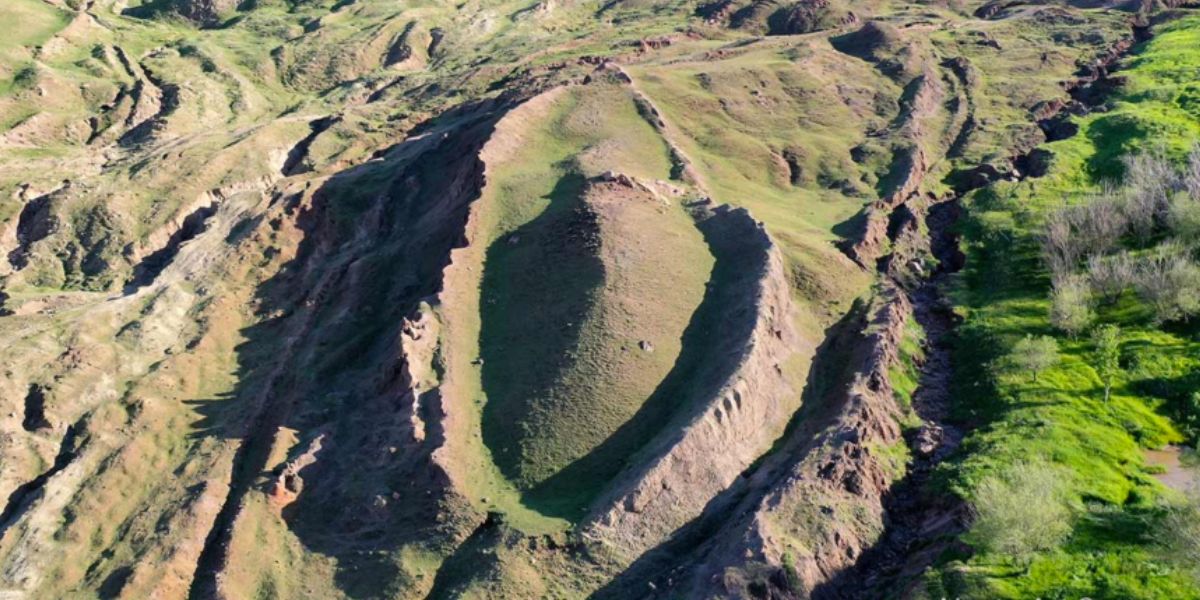Did Noah’s Ark actually exist? Well, a team of archaeologists may have finally found evidence to support its existence.
After excavating a geological formation in Turkey, researchers from the Noah’s Ark Research Team believe they are close to confirming the supposed final resting place of Noah’s Ark. The excavation site, believed to be 5,000 years old, contains samples of soil and ancient rock that could provide evidence of the legendary vessel.
The analysis began in 2021 and initial findings suggest that the samples collected from the site contain clayey marine materials and seafood, typically associated with human activity.
This aligns with the biblical timeline of the Great Flood, which most likely occurred between 5500 and 3000 BC. According to the Bible, the Ark settled on the ‘mountains of Ararat’ in Turkey after a catastrophic flood.
The geological formation in the Doğubayazıt district of Ağrı has long been a point of interest for scientists. With its towering height of 16,500 feet and a distinctive curve that perfectly fits the dimensions of the Ark.
A team of experts from Istanbul Technical University, Andrew University, and Ağrı İbrahim Çeçen University conducted a year-long analysis of the archaeological site.
In December 2022, they collected and tested 30 samples of rock and soil. Vice Rector Professor Faruk Kaya believes that these samples could provide evidence of human activity dating back 5,000 years.
However, geologists have disputed these findings, claiming that the supposed Ark is nothing more than a rock. Regardless, this discovery serves as a promising starting point for further investigation into the existence and whereabouts of Noah’s Ark.








